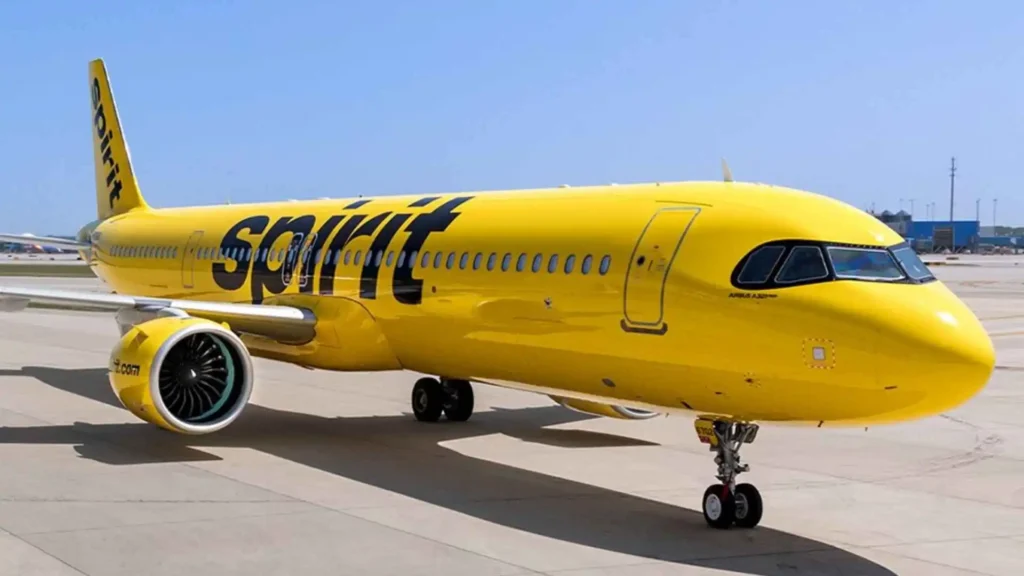Spirit Airlines has experienced a significant decline in stock value, with shares dropping to a record low.
This drastic decrease follows reports that the airline might be exploring Chapter 11 bankruptcy protection. Currently facing a critical deadline to renegotiate over $1 billion in debt, the future of Spirit Airlines hangs in the balance.
Before the pandemic, Spirit Airlines was recognized for its profitability and on-time service. It attracted customers with extremely low fares while charging extra for services like seat assignments and luggage.
This model was so successful that it prompted major airlines to introduce similar fare options. However, the competitive advantage that Spirit once enjoyed has diminished as other airlines adopted and adapted the low-cost strategies.
Impact of the Blocked Merger
Spirit Airlines’ financial stability began to falter significantly post-pandemic, worsened by a series of unfortunate events. Early in the year, a planned merger with JetBlue Airways fell through when a federal judge blocked it on antitrust grounds.
This failed merger dealt a heavy blow to Spirit, as both airlines had contended that joining forces was essential to effectively compete with larger carriers. In addition to merger issues, Spirit has faced other significant challenges, including a Pratt & Whitney engine recall and shifting consumer travel patterns, which have led to increased operational costs.
Spirit Airlines is facing an upcoming financial deadline. The airline has $1.1 billion in debt, backed by its loyalty program, that it must refinance or extend by October 21st of this year. This debt is set to mature next September, adding urgency to the airline’s financial strategies.
Since 2020, Spirit Airlines has dealt with ongoing financial difficulties, with a significant $193 million loss reported in the second quarter of this year alone. In response, the airline has taken drastic measures to stabilize its financial health, including furloughing pilots, reducing flight schedules, and delaying orders for new Airbus jetliners. They are not the only airline to undergo financial woes, as other airlines have been forced to consider bankruptcy as well.

The struggles don’t end there for Spirit. The airline has been forced to revise its growth expectations for the near future significantly. According to Brandon Oglenski, an airline analyst at Barclays, Spirit has cut its capacity growth plans for November and December by about 17%.
Corporate Response and Future Uncertainties
In the aftermath of the merger fallout, Spirit Airlines has been vocal about its challenges and frustrations. During an earnings call, CEO Ted Christie described the airline industry as challenging for smaller carriers like Spirit, which are trying to compete with the major airlines that dominate the market.
He said: “Today, nearly all the profits of the entire U.S. airline industry are concentrated in just two companies, while the smaller non-legacy carriers scrambled to restore profitability in what seems ever more like a rigged game,” according to The New York Post.
Christie also expressed disappointment in the judicial decision to block the merger, saying, “Looking back a couple of months, we still feel strongly, it was a serious misreading of both the evidence and the law for the Federal Court to enjoin our merger with JetBlue.”
He criticized the Department of Justice for its approach to the merger, suggesting a misunderstanding of the dynamics within the airline industry, particularly in the post-COVID era.
As discussions with bondholders about a potential bankruptcy filing continue, Spirit Airlines faces a critical period in its history. The decisions made in the coming weeks will likely determine the airline’s ability to sustain operations.
